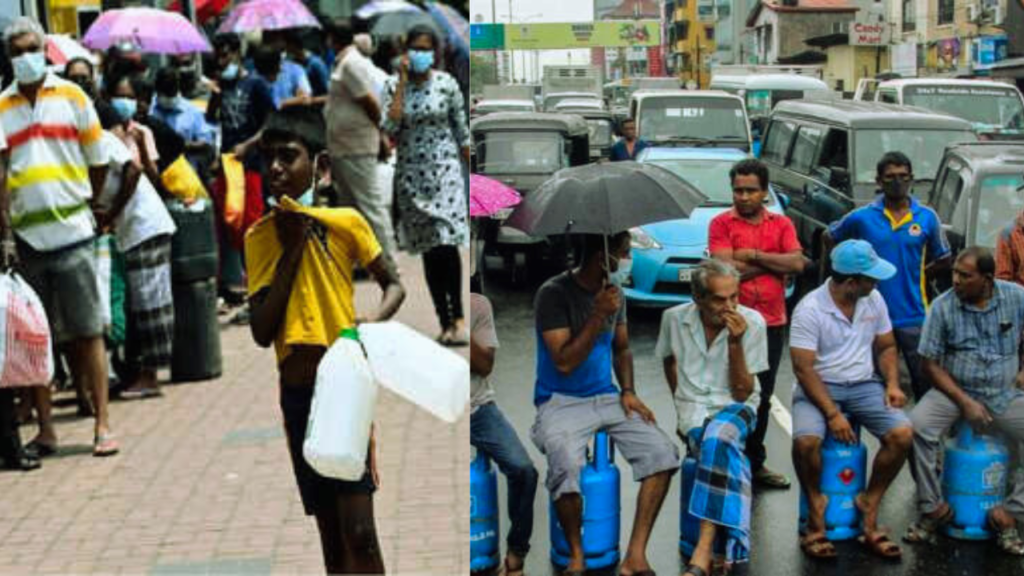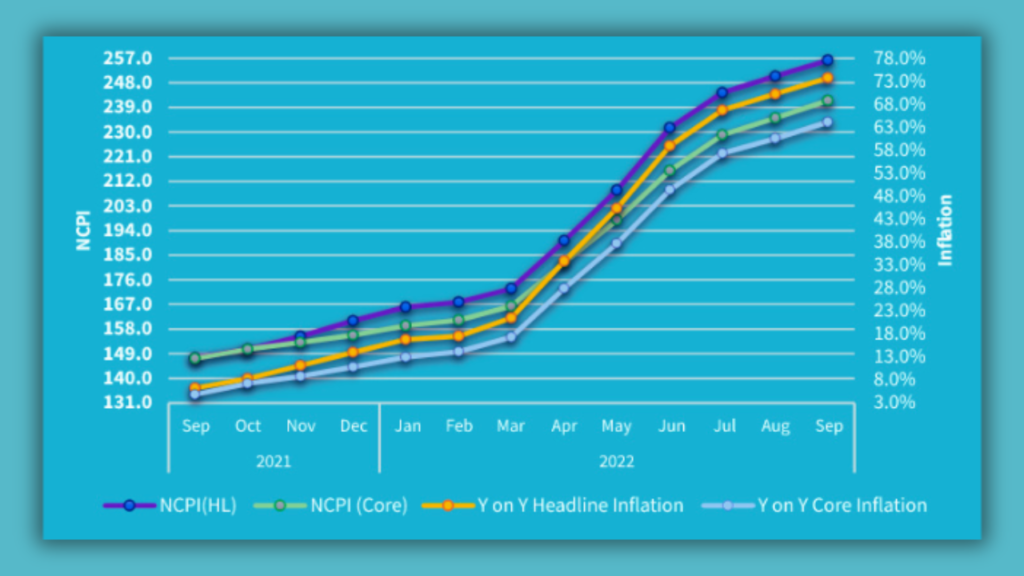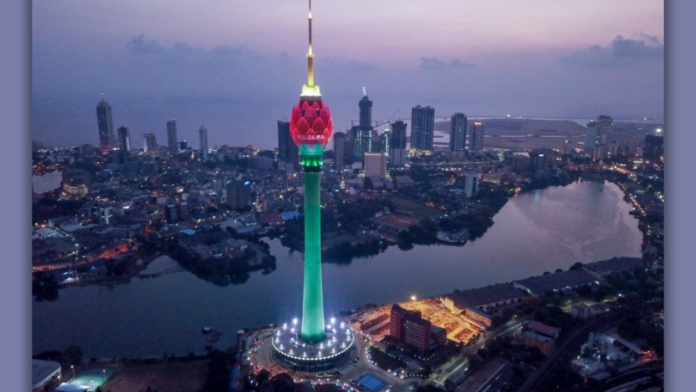sales tax inspector statistics department announced on Wednesday that prices had increased to 6.4% from 4% in December as a result of inclement weather and tax increases.
The largest city in Sri Lanka, Colombo, is the source of data for the Colombo Consumer Price Index, which serves as a leading indicator for overall national prices.sales tax inspector
Home / World News / Higher sales tax inspector causes Sri Lanka’s core inflation to increase to 6.4% in January.
Due to a higher sales tax inspector, Sri Lanka’s core inflation increased to 6.4% in January.

According to a statement from the Department of Census and Statistics, food prices increased 3.3% in January after falling by 0.3% in December. Non-food item prices increased 7.9% in January compared to 5.8% year over year in
According to the statistics department, January’s key inflation rate in Sri Lanka increased from 4% in December to 6.4% in January as higher prices resulted from both higher taxes and bad weather.
The largest city in Sri Lanka, Colombo, is the source of data for the Colombo Consumer Price Index, which serves as a leading indicator for overall national prices.
According to a statement from the Department of Census and Statistics, food prices increased 3.3% in January after falling by 0.3% in December.

Non-food item prices increased 7.9% in January compared to 5.8% in December of last year.
Value Added Tax (VAT) in Sri Lanka was raised from 15% to 18% at the start of the year in an attempt to meet government revenue targets under a $2.9 billion Global Monetary Fund (IMF) bailout.
The heavy rain that decreased vegetable harvests also resulted in higher food prices.
Although the country’s central bank predicts that the VAT increase will only be temporary, it could cause inflation to spike between 2% and 3%.The largest city in Sri Lanka, Colombo, is the source of data for the Colombo Consumer Price Index, which serves as a leading indicator for overall national prices.sales tax inspector
Because demand is still low, analysts predict that inflation will eventually return to the 4%–6% range that the central bank has set for itself.
“This is pretty much what was expected. The head of research at Acuity Stockbrokers, Shehan Cooray, stated that inflation should begin to decline the following month.

Fuel costs may rise in response to rising global oil prices, but unless there are significant shocks, overall inflation should drop back to below 5% by March or April. After experiencing the worst financial crisis in decades due to a collapse in foreign exchange reserves, Sri Lanka’s economy was severely damaged, resulting in record-breaking inflation that reached a peak of 70% in September 2022.
The Central Bank of Sri Lanka (CBSL), which began an easing cycle in June 2023 to support the country’s economy’s recovery from recession, lowered interest rates by 650 basis points earlier this month in an effort to contain inflation.
Reuters, January 31, Colombo – According to the statistics department, January’s key inflation rate in Sri Lanka increased from 4% in December to 6.4% in January as higher prices resulted from both higher sales tax inspector and bad weather.
The largest city in Sri Lanka, Colombo, has an inflation rate that is tracked by the Colombo Consumer Price Index (LKCCPI=ECI), a leading indicator of more general national prices.
According to a statement from the Department of Census and Statistics, food prices increased 3.3% in January after falling by 0.3% in December.
Value Added sales tax inspector (VAT) in Sri Lanka was raised from 15% to 18% at the start of the year in an attempt to meet government revenue targets under a $2.9 an International Monetary Fund bailout of billions (IMF).

